When it comes to hauling materials effectively, understanding the nuances of dump trailers is vital. These versatile vehicles play a critical role across various industries, including construction, landscaping, and waste management, yet many users find themselves questioning a fundamental aspect: how many yards fit in a dump trailer? In this article, we will delve deep into the capacity of dump trailers, factors affecting their load, and best practices for maximizing their functionality.
What is a Dump Trailer?
A dump trailer is a type of trailer designed to unload materials through a hinged rear door. It offers an efficient solution for transporting bulk materials like dirt, gravel, rocks, and compost. Unlike standard trailers, dump trailers can tilt, enabling easy unloading without the need for manual labor or additional machinery.
Types of Dump Trailers
- Single Axle Dump Trailers: Typically smaller and designed for lighter loads, ideal for residential use.
- Tandem Axle Dump Trailers: More common for commercial purposes, capable of handling heavier loads and larger volumes.
- Gooseneck Dump Trailers: These feature a hitch that attaches to the bed of a truck, offering improved stability and weight distribution, particularly for larger loads.
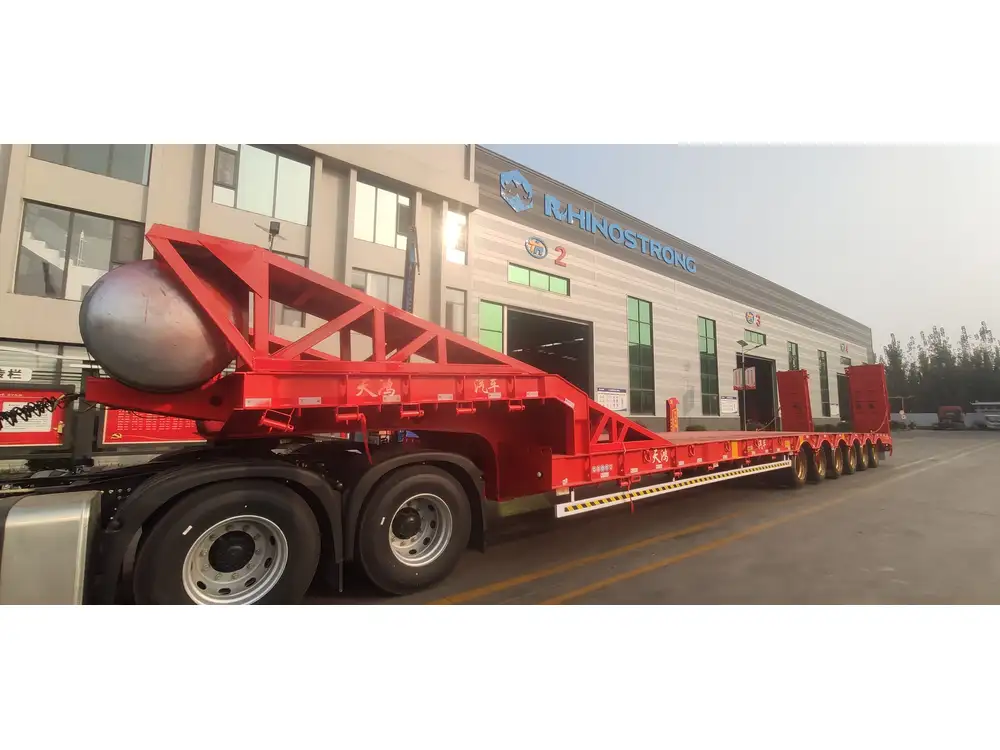
Key Specifications
To gauge how many yards fit in a dump trailer, we need to assess specific specifications that influence capacity.
| Type | Length (ft) | Width (ft) | Height (ft) | Volume (cubic yards) |
|---|---|---|---|---|
| Single Axle Dump Trailer | 10 | 5 | 3 | 2.5 |
| Tandem Axle Dump Trailer | 14 | 7 | 4 | 5.5 |
| Gooseneck Dump Trailer | 16 | 8 | 4.5 | 7 |
Note: The above volumes are approximate and can vary based on the manufacturer’s design.
Calculating Volume: How Many Yards Fit in a Dump Trailer?
The primary measure of capacity for dump trailers is in cubic yards. To convert the capacity into cubic yards, follow this simple formula:
[ \text{Cubic Yards} = \frac{(Length \times Width \times Height)}{27} ]Where:
- Length, Width, and Height are in feet
- 27 cubic feet equals one cubic yard
Example Calculation
Let’s say we have a tandem axle dump trailer measuring 14 feet long, 7 feet wide, and 4 feet high.
[ \text{Cubic Yards} = \frac{(14 \times 7 \times 4)}{27} = \frac{392}{27} \approx 14.5 \text{ cubic yards} ]
Factors Influencing Capacity
Material Type: Different materials have varied densities. For example, a yard of dirt weighs approximately 1,200 to 1,500 pounds, whereas a yard of gravel can weigh around 1,600 to 1,800 pounds.
Trailer Load Limitations: Each dump trailer has a gross vehicle weight rating (GVWR). Ensure the total weight of the trailer and its load does not exceed this rating, or risks include trailer damage and reduced safety.
Load Distribution: Balance the load over the trailer axles. An uneven distribution may lead to handling difficulties during towing.
Best Practices for Loading a Dump Trailer
To maximize efficiency and enhance safety during operation, consider the following best practices:
1. Weight Distribution:
- Load heavier materials toward the front.
- Distribute weight evenly from side to side.
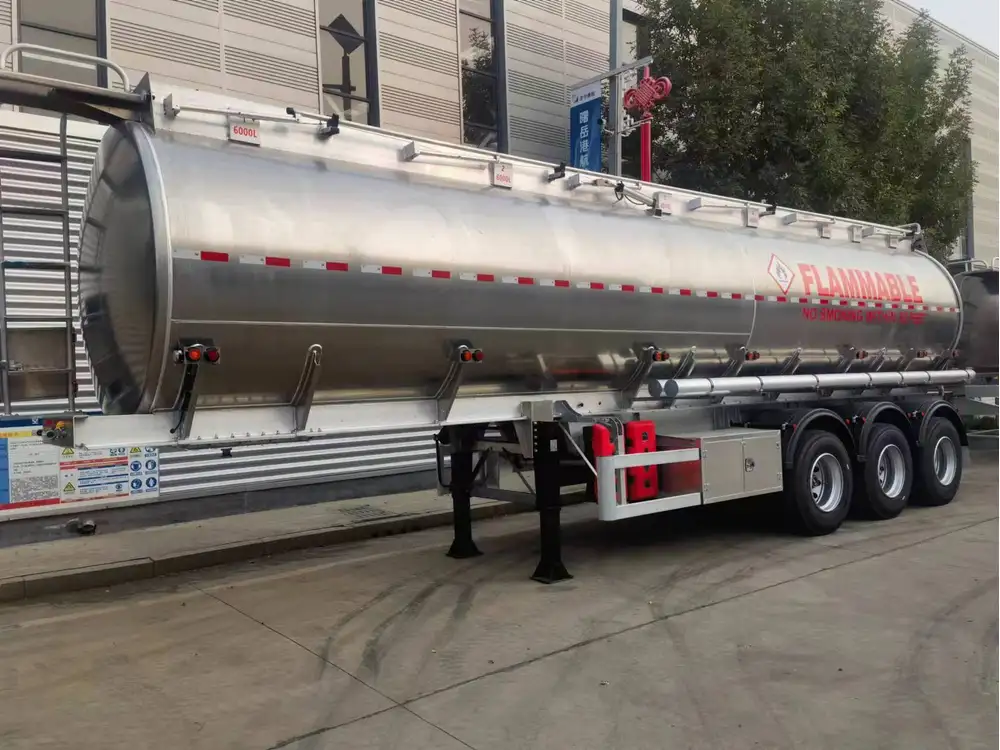
2. Maximize Capacity:
- For bulkier materials like mulch or loose soil, fill to capacity but maintain the trailer’s stability.
- Avoid overloading, as this can impair braking and controlling the vehicle.
3. Safety Gear:
- Always use safety gear when operating a dump trailer. Gloves, masks, and appropriate footwear can prevent injuries.
4. Maintenance:
- Regularly check tire pressure, hydraulic systems, and trailer brakes.

Ideal Applications of Dump Trailers
Dump trailers are known for their adaptability. Here are common applications:
- Construction Sites: Transporting aggregates, soil, and debris.
- Landscaping: Moving planting materials like mulch and stones.
- Waste Management: Disposing of construction and yard waste.
Comparison of Dump Trailers with Other Trailers
| Feature | Dump Trailer | Flatbed Trailer | Enclosed Trailer |
|---|---|---|---|
| Loading Style | Gravity Dump | Manual/Crane Load | Manual/Walk-In Load |
| Capacity | Variable (3 to 20+ cubic yards) | Variable (Load size dependent) | Variable (Limited by space) |
| Versatility | High | Moderate | Moderate |
| Weather Protection | Open Design | Open Design | Enclosed Design |
Understanding Your Needs: How to Choose the Right Dump Trailer
Selecting the correct dump trailer requires careful consideration of various factors:
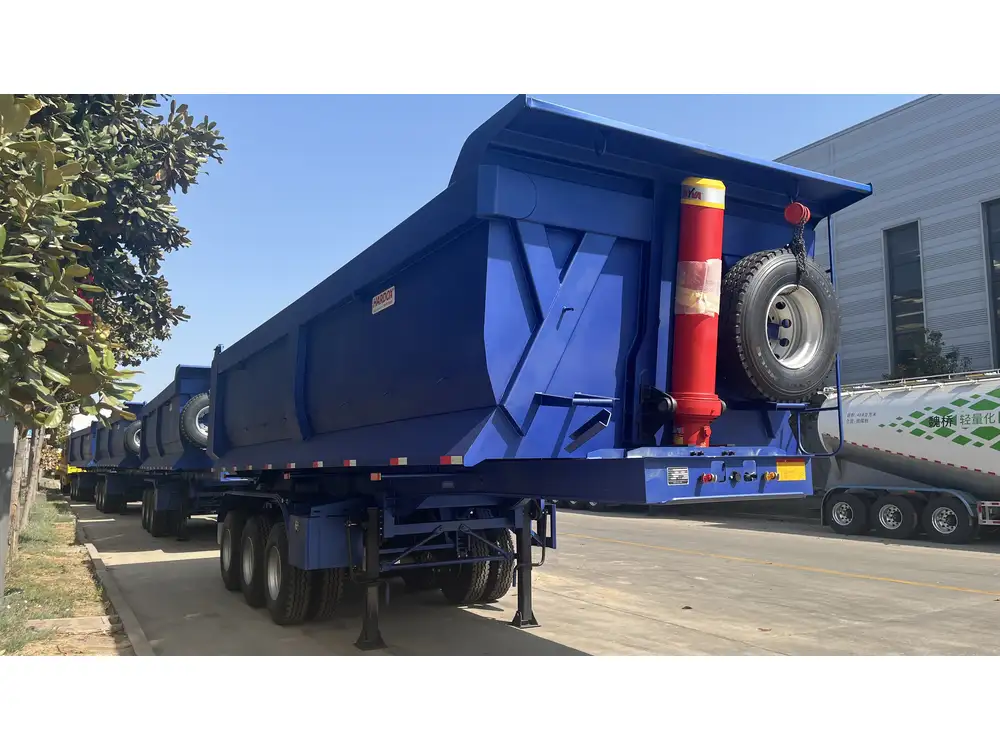
1. Purpose:
- Understand the primary use—construction, landscaping, or waste removal.
2. Capacity Requirements:
- Determine how much material you need to transport regularly. This may involve projecting the volume of materials used on a typical job site.
3. Towing Vehicle Compatibility:
- Ensure your vehicle can safely tow the dump trailer you choose. Check the towing capacity and recommend compatible hitch types.

4. Regulatory Compliance:
- Different states have varying laws regarding trailer sizes and load weights. Stay informed to avoid fines.
5. Budget:
- Consider upfront costs versus long-term value. Investing in a more robust trailer may save costs in repairs and maintenance over time.
Maintaining Your Dump Trailer for Longevity
Routine upkeep contributes significantly to a dump trailer’s lifespan. Here are some maintenance tips:
| Maintenance Task | Frequency | Importance |
|---|---|---|
| Inspect Tires and Brakes | Monthly | Safety and performance |
| Check Hydraulic Fluid Levels | Monthly | Efficient operation |
| Clean Trailer Bed and Exterior | After Each Use | Prevent rust and damage |
| Lubricate Moving Parts | Every 6 Months | Ensure smooth operation |
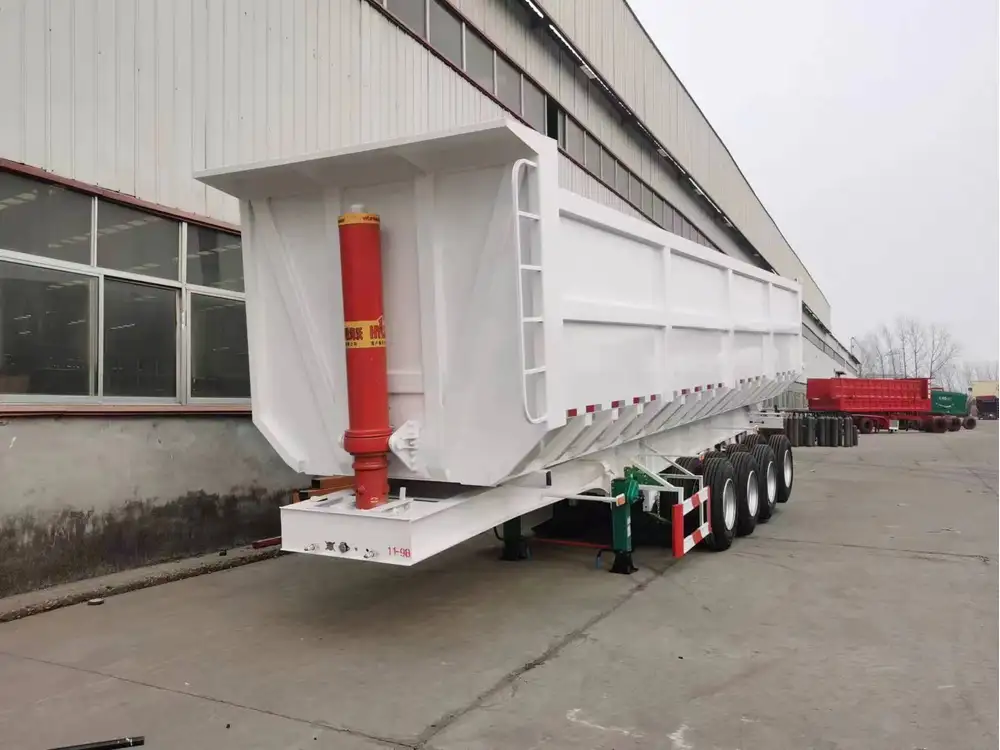
Common Issues and Solutions
1. Hydraulic Failures
- Issue: Poor lifting or tilting functions.
- Solution: Regularly check and replace hydraulic fluid. Inspect hoses for damage or leaks.
2. Rust and Corrosion
- Issue: Exposure to moisture can damage metal surfaces.
- Solution: Wash your trailer regularly, apply rust-resistant sprays, and store it in a dry area.
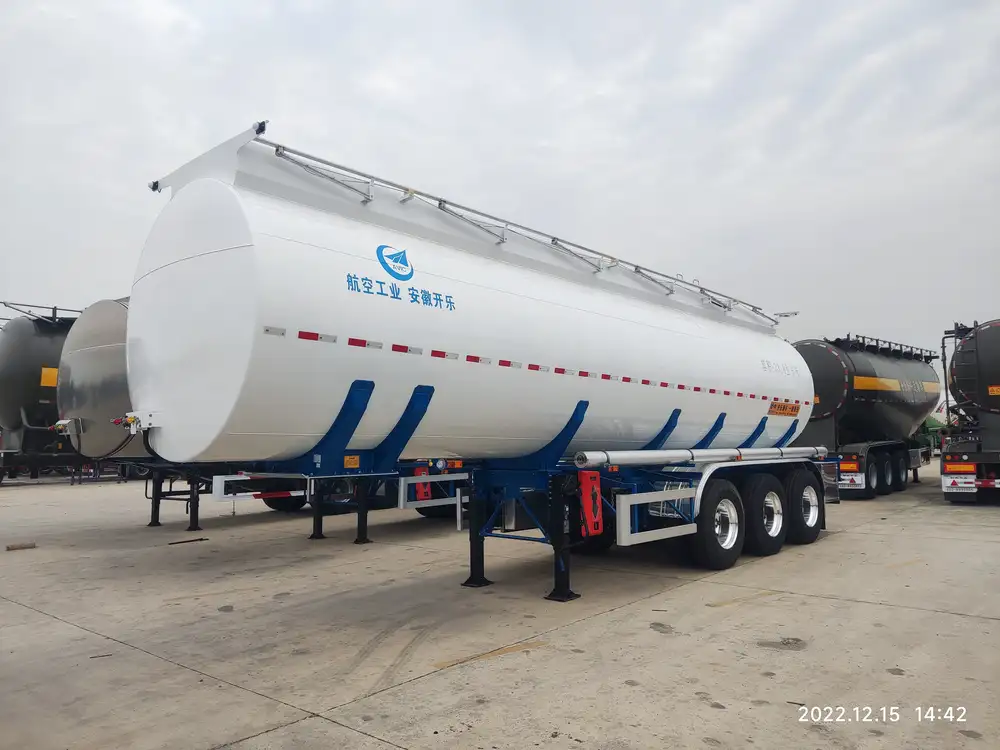
3. Tire Wear
- Issue: Uneven or excessive wear can lead to blowouts.
- Solution: Rotate and check tire alignment periodically.
Conclusion: Mastering Dump Trailer Efficiency
In the realm of construction and heavy hauling, dump trailers remain unmatched in versatility and utility. Understanding how many yards fit into a dump trailer is just the beginning. By mastering assembly, employing practical loading methods, and maintaining your trailer diligently, you can elevate your operations, cut costs, and enhance productivity.
When looking to purchase or optimize the use of dump trailers, consider all pertinent factors: material type, weight distribution, legal limitations, and maintenance protocols. Armed with this knowledge, users not only maximize their investment in dump trailers but also ensure safety, efficiency, and environment-friendly practices in their operations.
Investing time in understanding your dump trailer can yield significant returns in productivity and performance. Whether you are hauling dirt for a landscaping project or transporting aggregates for a construction site, the versatility and strength of dump trailers serve as indispensable assets in accomplishing your goals effectively.



